Rubinstein-Taybi 2 associated to novel EP300 mutations: deepening the clinical and genetic spectrum, BMC Medical Genetics
Por um escritor misterioso
Last updated 20 setembro 2024
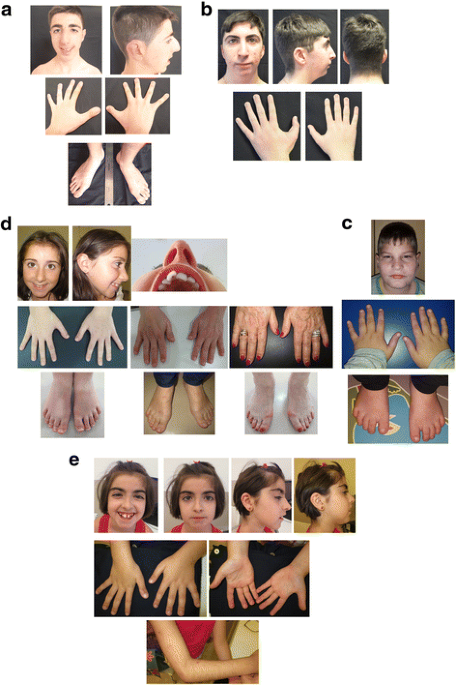
Background Rubinstein-Taybi syndrome (RSTS) is a rare autosomal dominant neurodevelopmental disorder characterized by broad thumbs and halluces. RSTS is caused by mutations in CREBBP and in EP300 genes in 50–60% and 8%, respectively. Up to now, 76 RSTS-EP300 patients have been described. We present the clinical and molecular characterization of a cohort of RSTS patients carrying EP300 mutations. Methods Patients were selected from a cohort of 72 individuals suspected of RSTS after being negative in CREBBP study. MLPA and panel-based NGS EP300 were performed. Results Eight patients were found to carry EP300 mutations. Phenotypic characteristics included: intellectual disability (generally mild), postnatal growth retardation, infant feeding problems, psychomotor and language delay and typical facial dysmorphisms (microcephaly, downslanting palpebral fissures, columella below the alae nasi, and prominent nose). Broad thumbs and/or halluces were common, but angulated thumbs were only found in two patients. We identified across the gene novel mutations, including large deletion, frameshift mutations, nonsense, missense and splicing alterations, confirming de novo origin in all but one (the mother, possibly underdiagnosed, has short and broad thumbs and had learning difficulties). Conclusions The clinical evaluation of our patients corroborates that clinical features in EP300 are less marked than in CREBBP patients although it is difficult to establish a genotype-phenotype correlation although. It is remarkable that these findings are observed in a RSTS-diagnosed cohort; some patients harbouring EP300 mutations could present a different phenotype. Broadening the knowledge about EP300-RSTS phenotype may contribute to improve the management of patients and the counselling to the families.

PDF) De novo variation in EP300 gene cause Rubinstein-Taybi syndrome 2 in a Chinese family with severe early-onset high myopia
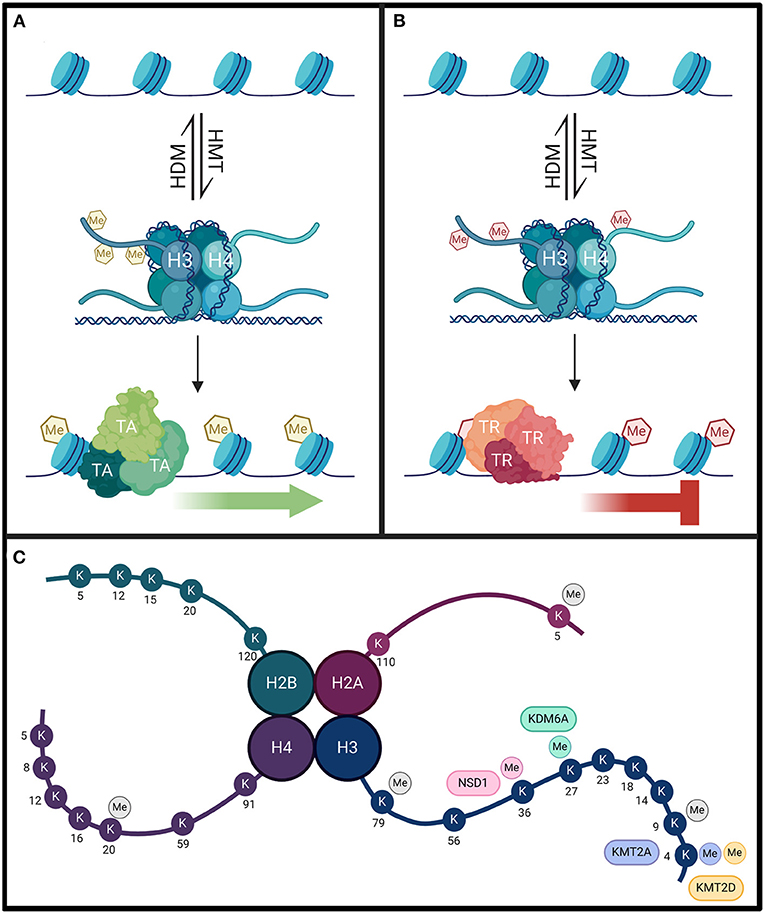
Frontiers Impaired Regulation of Histone Methylation and Acetylation Underlies Specific Neurodevelopmental Disorders
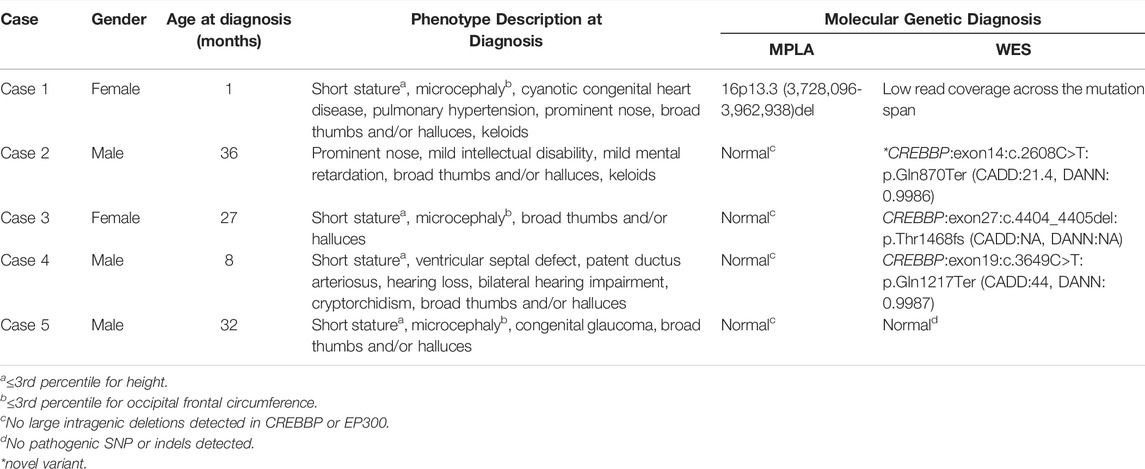
Frontiers Genetic Diagnosis of Rubinstein–Taybi Syndrome With Multiplex Ligation-Dependent Probe Amplification (MLPA) and Whole-Exome Sequencing (WES): Case Series With a Novel CREBBP Variant

PDF) Genetic and clinical heterogeneity in Korean patients with Rubinstein– Taybi syndrome

PDF) Genetic heterogeneity in Rubinstein-Taybi syndrome: Delineation of the phenotype of the first patients carrying mutations in EP300
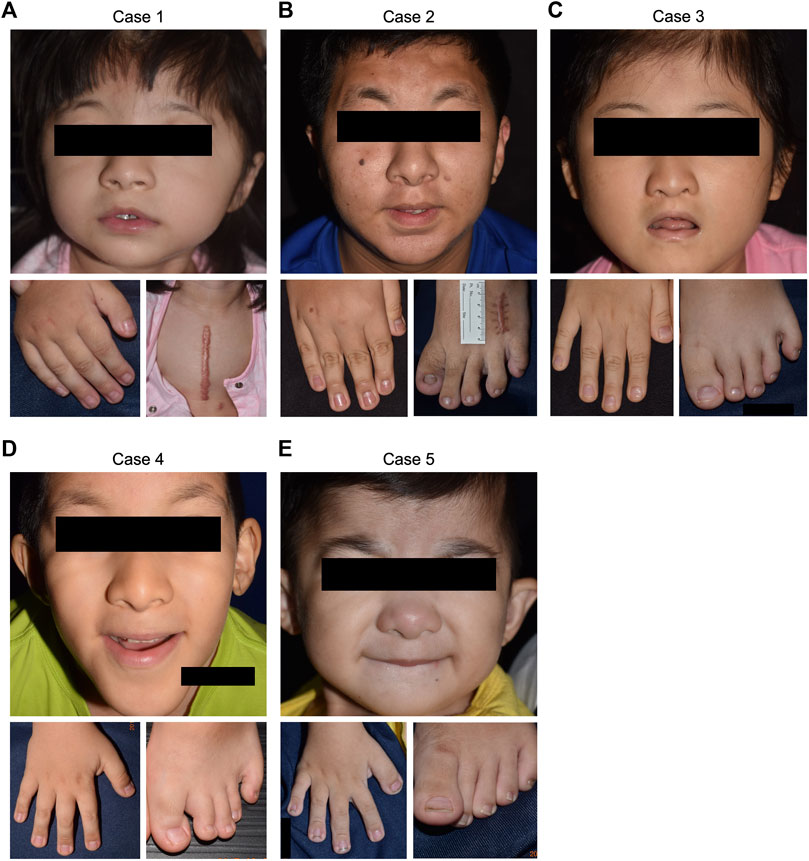
Frontiers Genetic Diagnosis of Rubinstein–Taybi Syndrome With Multiplex Ligation-Dependent Probe Amplification (MLPA) and Whole-Exome Sequencing (WES): Case Series With a Novel CREBBP Variant
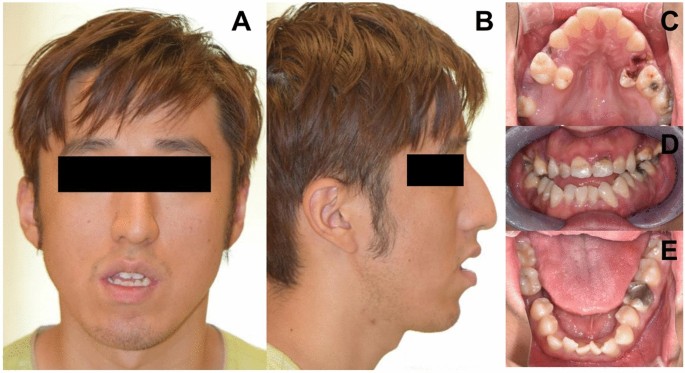
Identification of de novo EP300 and PLAU variants in a patient with Rubinstein–Taybi syndrome-related arterial vasculopathy and skeletal anomaly

New insights into genetic variant spectrum and genotype–phenotype correlations of Rubinstein‐Taybi syndrome in 39 CREBBP‐positive patients - Pérez‐Grijalba - 2019 - Molecular Genetics & Genomic Medicine - Wiley Online Library
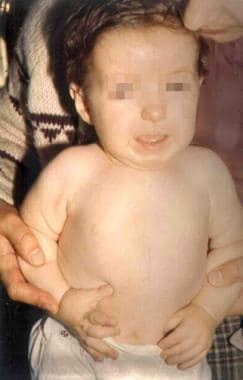
Dermatologic Manifestations of Rubinstein-Taybi Syndrome Clinical Presentation: History, Physical Examination, Complications
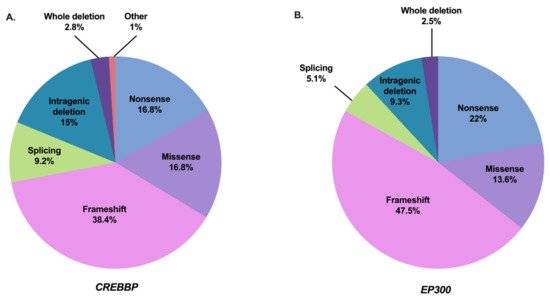
RSTS Encyclopedia MDPI
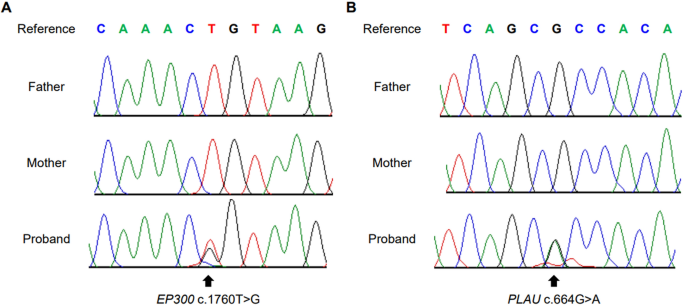
Identification of de novo EP300 and PLAU variants in a patient with Rubinstein–Taybi syndrome-related arterial vasculopathy and skeletal anomaly

Figure 2. [Broad terminal phalanges (A) and broad, radially deviated thumbs (B)]. - GeneReviews® - NCBI Bookshelf

PDF) De novo variation in EP300 gene cause Rubinstein-Taybi syndrome 2 in a Chinese family with severe early-onset high myopia

Rubinstein-Taybi Syndrome 2 disease: Malacards - Research Articles, Drugs, Genes, Clinical Trials
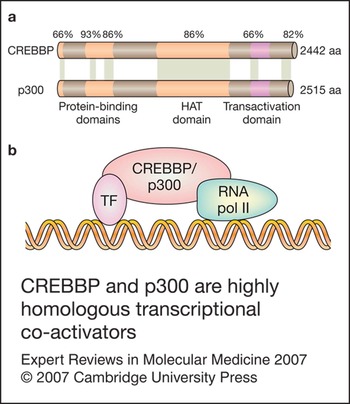
Rubinstein–Taybi syndrome: clinical and molecular overview, Expert Reviews in Molecular Medicine
Recomendado para você
-
 Facial features of Rubinstein-Taybi syndrome20 setembro 2024
Facial features of Rubinstein-Taybi syndrome20 setembro 2024 -
 Rubinstein-Taybi Syndrome OMIM# 180849 - FDNA™20 setembro 2024
Rubinstein-Taybi Syndrome OMIM# 180849 - FDNA™20 setembro 2024 -
 Rubinstein-Taybi Syndrome 2 disease: Malacards - Research Articles, Drugs, Genes, Clinical Trials20 setembro 2024
Rubinstein-Taybi Syndrome 2 disease: Malacards - Research Articles, Drugs, Genes, Clinical Trials20 setembro 2024 -
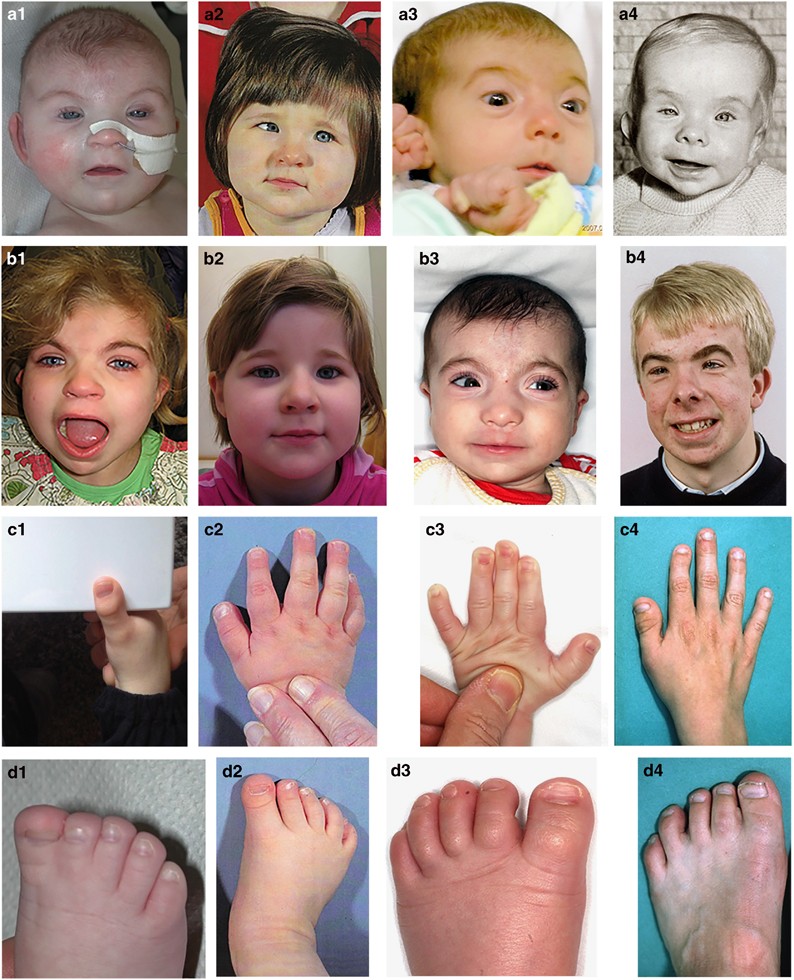 Analysis of mutations within the intron20 splice donor site of CREBBP in patients with and without classical RSTS20 setembro 2024
Analysis of mutations within the intron20 splice donor site of CREBBP in patients with and without classical RSTS20 setembro 2024 -
 PDF) Rubinstein-Taybi Syndrome: A Model of Epigenetic Disorder20 setembro 2024
PDF) Rubinstein-Taybi Syndrome: A Model of Epigenetic Disorder20 setembro 2024 -
 PDF) Rubinstein-Taybi syndrome medical guidelines20 setembro 2024
PDF) Rubinstein-Taybi syndrome medical guidelines20 setembro 2024 -
 Clinical and molecular findings of the six patients with Rubinstein20 setembro 2024
Clinical and molecular findings of the six patients with Rubinstein20 setembro 2024 -
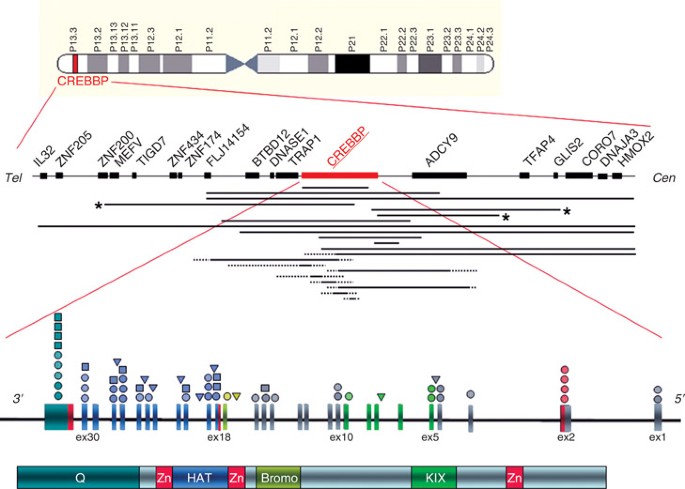 Rubinstein-Taybi Syndrome20 setembro 2024
Rubinstein-Taybi Syndrome20 setembro 2024 -
 Growth charts for individuals with Rubinstein–Taybi syndrome - Beets - 2014 - American Journal of Medical Genetics Part A - Wiley Online Library20 setembro 2024
Growth charts for individuals with Rubinstein–Taybi syndrome - Beets - 2014 - American Journal of Medical Genetics Part A - Wiley Online Library20 setembro 2024 -
 Molecular studies in 10 cases of Rubinstein-Taybi syndrome20 setembro 2024
Molecular studies in 10 cases of Rubinstein-Taybi syndrome20 setembro 2024
você pode gostar
-
 Menina pequena sereia princesa fantasia fantasiar-se traje20 setembro 2024
Menina pequena sereia princesa fantasia fantasiar-se traje20 setembro 2024 -
 GIF Maker20 setembro 2024
GIF Maker20 setembro 2024 -
 Camisa Palmeiras Puma III 22/23 - Jogador - Palmeiras Store20 setembro 2024
Camisa Palmeiras Puma III 22/23 - Jogador - Palmeiras Store20 setembro 2024 -
Steam Műhely::Boss Checklist German Translation20 setembro 2024
-
Plano de aula - 8º ano - Os pronomes relativos e seus antecedentes20 setembro 2024
-
Cheto los pibes 🤑20 setembro 2024
-
 Top 5 Most REALISTIC Roblox Games (2023)20 setembro 2024
Top 5 Most REALISTIC Roblox Games (2023)20 setembro 2024 -
Pontos de Venda - Conselheiro Lafaiete - Google My Maps20 setembro 2024
-
Banco Imobiliário Jogo De Tabuleiro20 setembro 2024
-
 Overwatch Tracer - Tips To Master The British Girl Today20 setembro 2024
Overwatch Tracer - Tips To Master The British Girl Today20 setembro 2024



